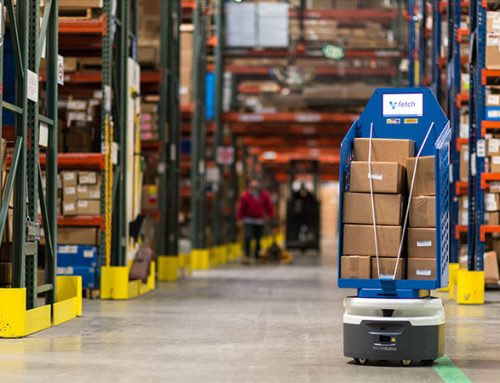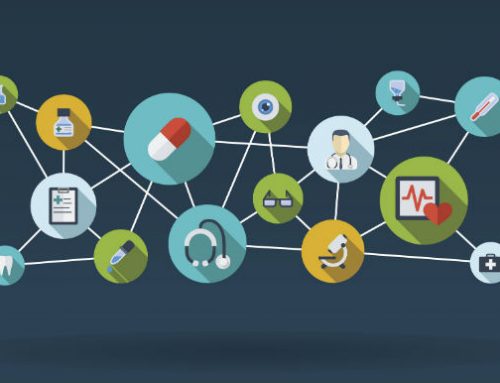EXECUTIVE SUMMARY:
To stop the spread of the coronavirus, in March of this year, officials called for European and US businesses to physically shutter their doors. The near overnight transitioning of entire businesses’ infrastructure to cloud-based operations -enabling employees to work remotely- has prevented productivity declines. But has cloud security been left in the dust?
A recent survey indicates that 95% of security professionals are facing added IT security challenges due to the coronavirus.
Of security professionals whose organizations recently transitioned to the cloud, 84% are worried about security vulnerabilities created in the process.
New access policies, networks and devices that enable IT teams to manage the cloud infrastructure remotely may not be equipped with adequate security. And cyber criminals will be quick to prey on organizations that skipped security stress-tests.
Accounting for and managing any potential cloud misconfigurations is key in thwarting hackers.
You’ll want to implement an automated security solution that can offer extensive visibility into your system. High-level visibility will enable you to conduct a cursory check of your security posture, giving you keen insights into next steps to take.
Cloud services can consist of hundreds of functions, and for each function, organizations should ensure that there’s adequate security. This is mission-critical in reducing the risk of data leakage and privacy violations.
Get threat prevention with security capacity expansion on-demand, and obtain a unified security management platform, which can reduce operational costs. These types of features keep businesses ahead of the ever-evolving threat landscape.
To learn more about security in the age of coronavirus, click here.









